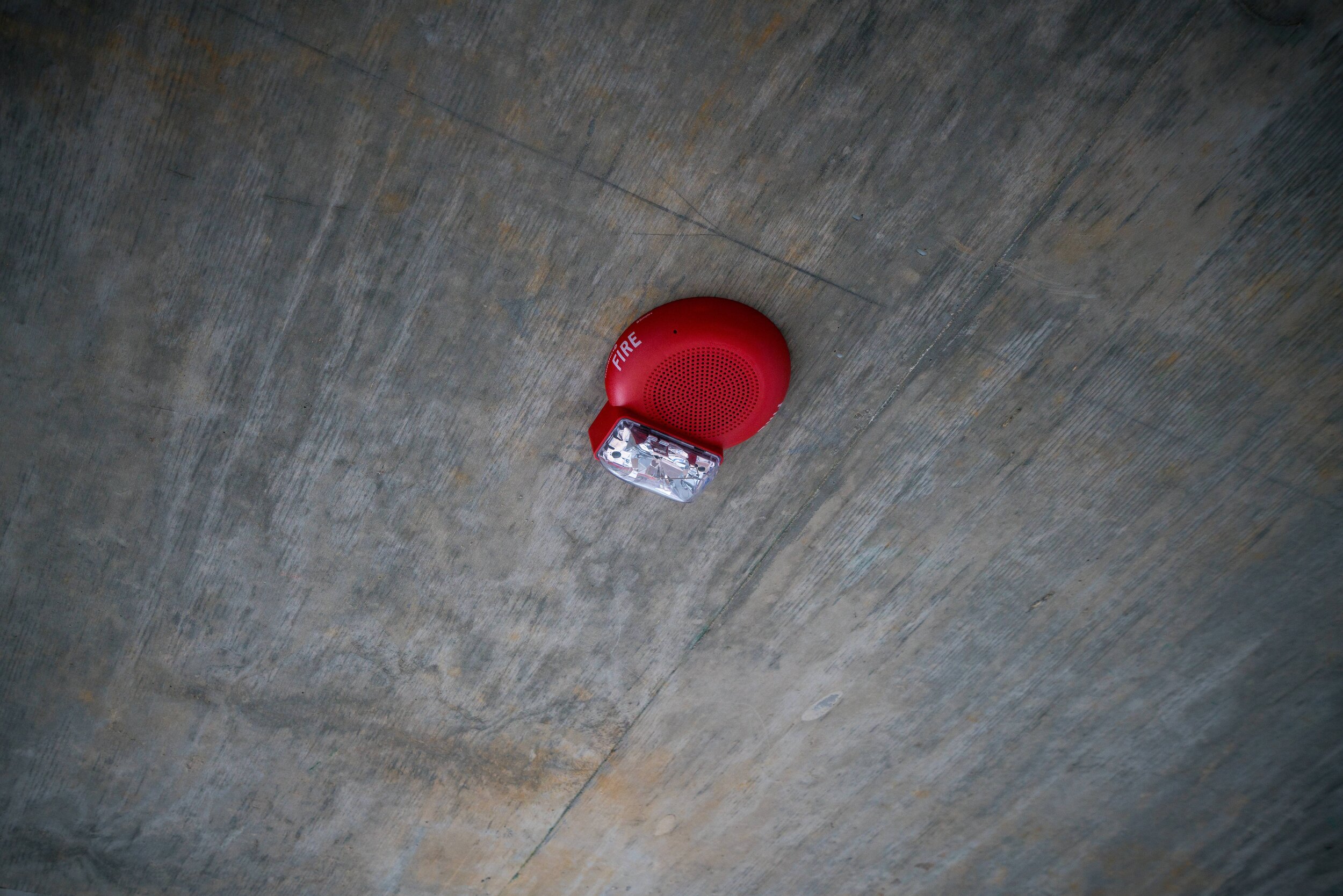Fire Alarm Systems 101
We are all aware of fire alarm systems. Starting at a young age, we practice drills in school to prepare for an emergency situation and the fire alarm system is set off. If you own, manage or are building any type of commercial structure, you are likely very aware of the codes in which your building must follow to have a working fire alarm system. But many do not understand exactly what goes into fire alarm systems and tend to think of it in simpler terms as a ‘sprinkler’ or ‘smoke detector' notification system - but the inter-workings of fire alarm systems are much more comprehensive and complex.
What Components Make Up A Fire Alarm System?
Big picture, a fire alarm system is a collection of separate components that each have very specific functions in order to work together collectively.
Initiating devices
Initiating devices are the key part of a fire alarm system that detects smoke or a fire within the facility. These devices include smoke detectors, sprinkler water flow sensors and pull stations.
Indicating Appliances
Indicating appliances are the portion of the fire alarm system that notifies and alerts the occupants of a fire using sound and visual methods. These can include horns, chimes, strobe lights to ensure all occupants are aware of the emergency and to follow designated evacuation methods.
Fire Alarm Panel
The fire alarm control panel is the user interface and central monitoring and controlling element within the fire alarm system. It includes a display showcasing the current state - alarm or no alarm - of the fire alarm system. It also has a touch pad which allows onsite personnel or fire department to troubleshoot, program, silence or reset the fire alarm system. The fire alarm panel is the point of all control in the system and supervises the system’s initiating devices, indicating appliances and any related telephone and field or internal wiring. The fire alarm panel is responsible for triggering the call to monitoring agency and emergency personnel.
Auxiliary Devices
There are many other devices that can be added into a fire alarm system to bolster protection within a facility. These can include visual LED lights to show what area of the building the fire started, alarm silencer switches, remote annunciators, electromagnetic door holders, elevator captures, fire doors, etc.
Fire alarm systems may seem simple on the surface, but as you can see there are quite a few integrated parts that have zero room for error. When looking to install, service or replace an existing fire alarm system, it is crucial to have an expert involved in the design and installation process. Our project managers have 20+ years of experience in designing and installing fire alarm systems within the NFPA and local codes surrounding the Chicagoland area. LVS is an AUTOCALL authorized distributor and Fire Lite Alarms installer of fire alarm systems. We look forward to being a resource in protecting you and your facility.

